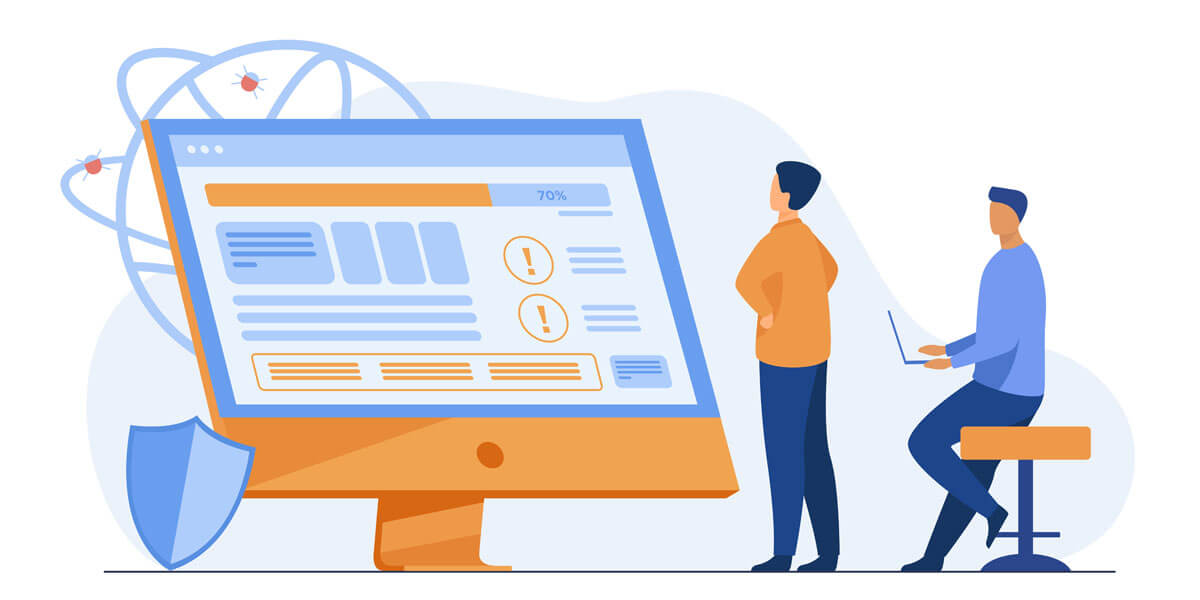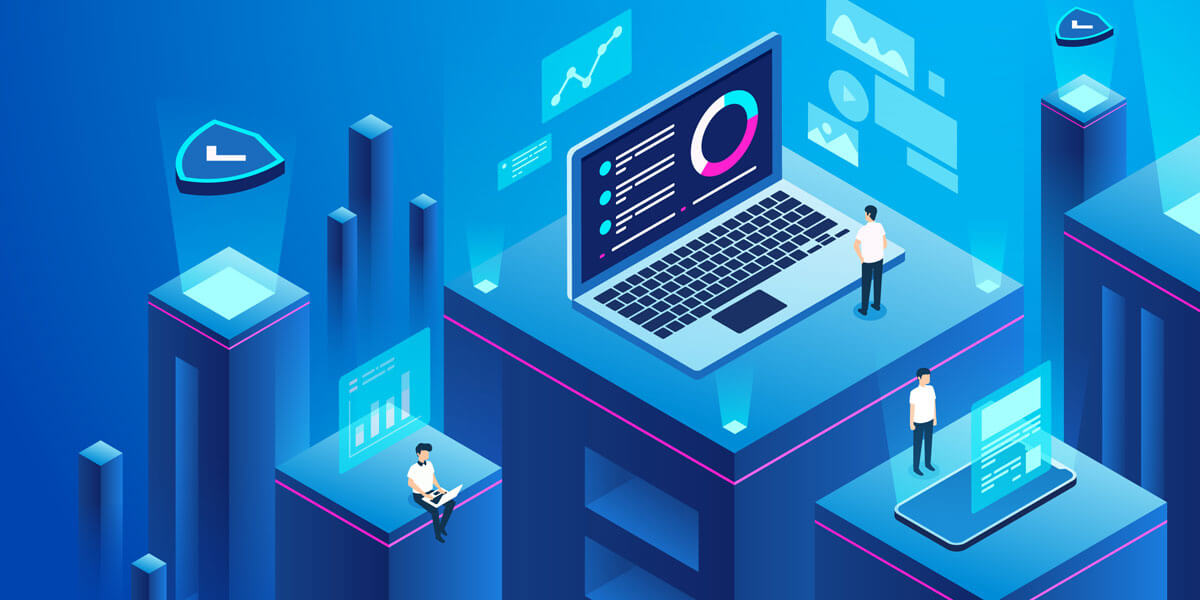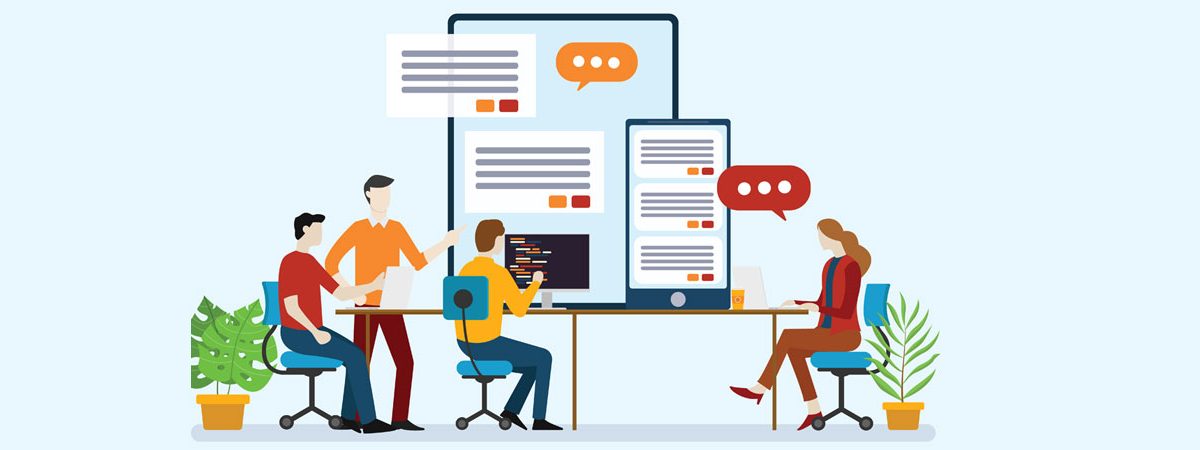How to Become a Business Analyst (BA) in Canada
Basics of Business Analyst: A Business Analyst (BA) is an essential role in a company whose job is to figure out the changes that the company needs with the flow of business. BA also determines the technological adoption to be done to enhance the operating process. In simple terms, the BA works as the bridge […]
Read More











